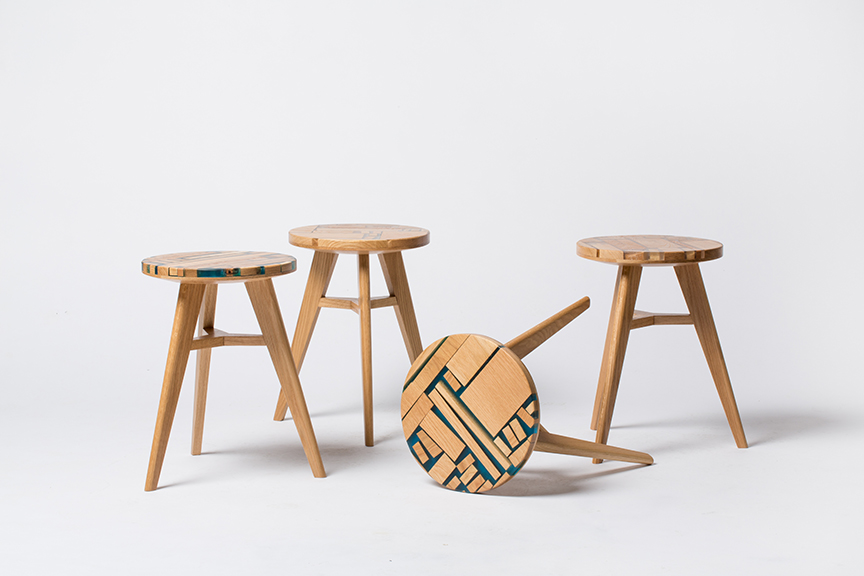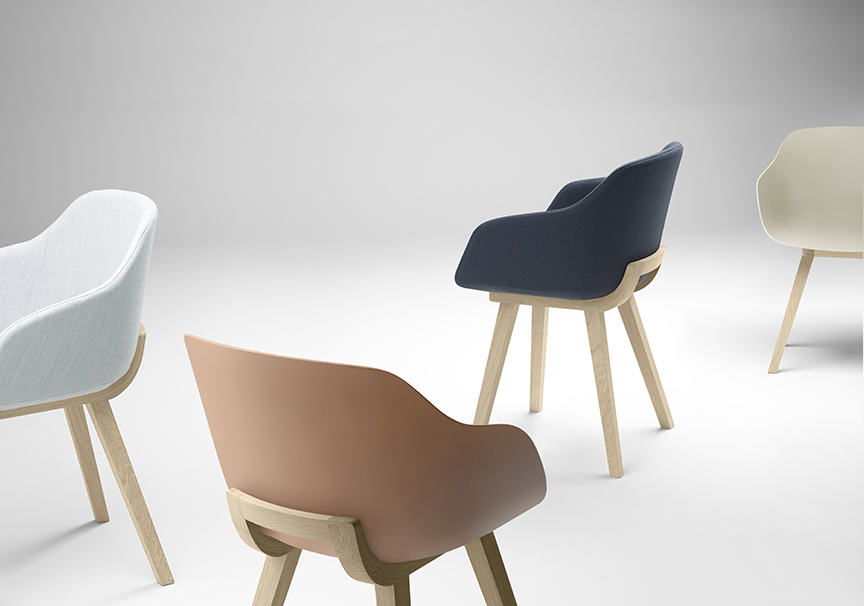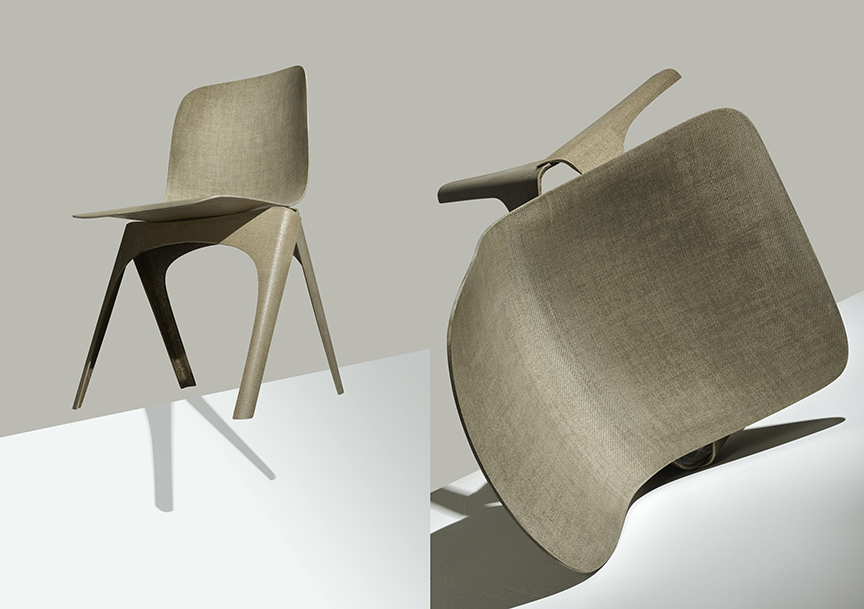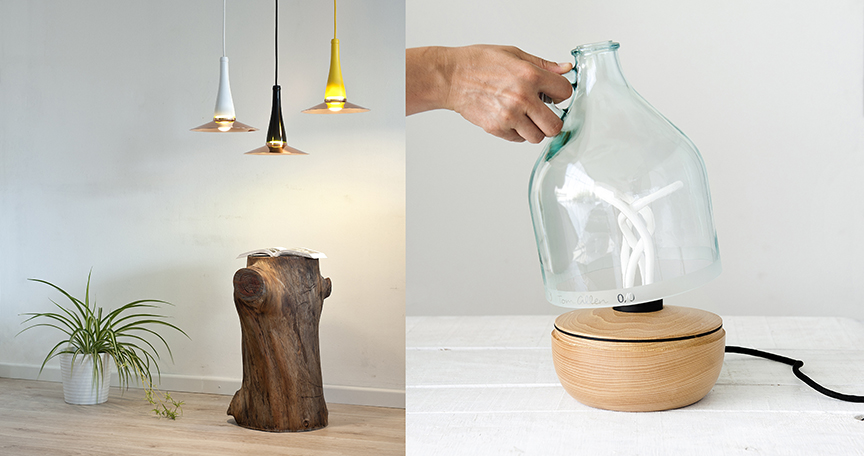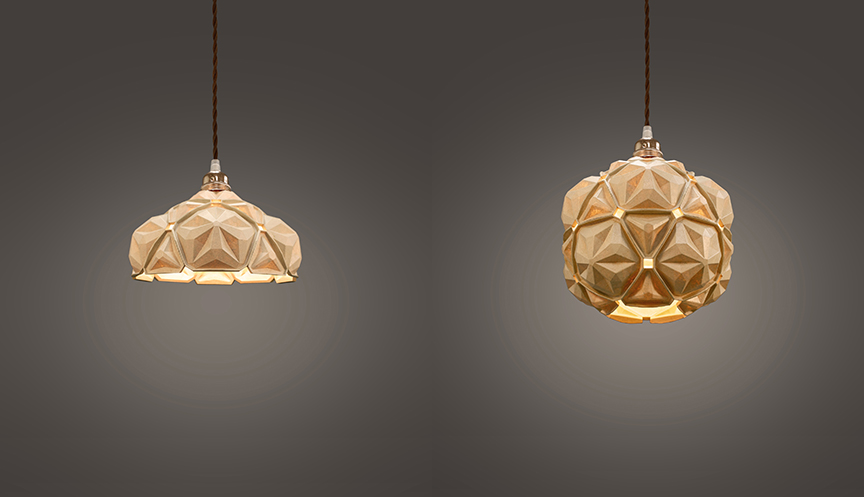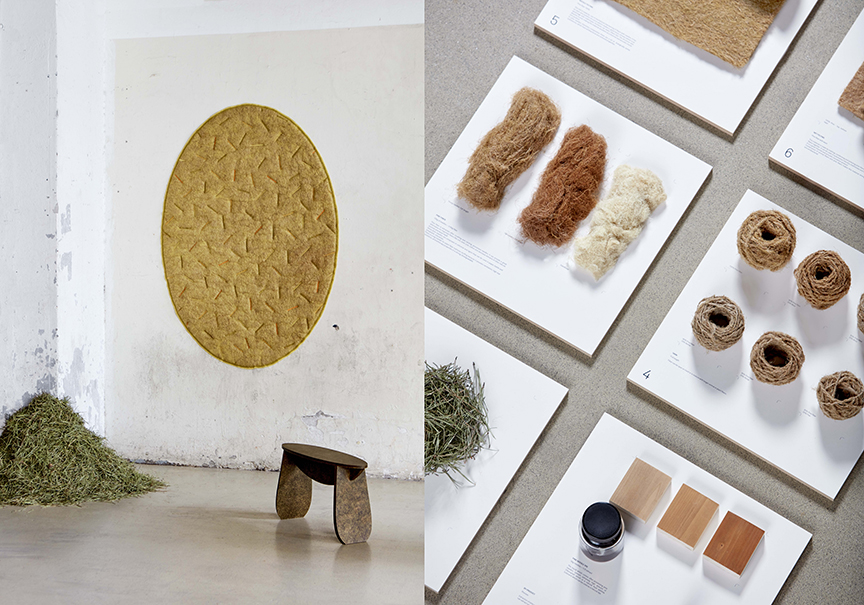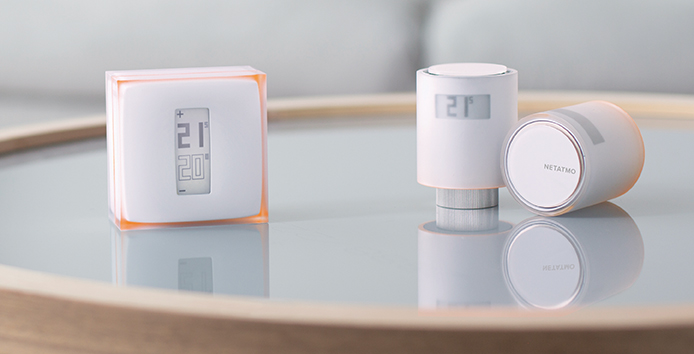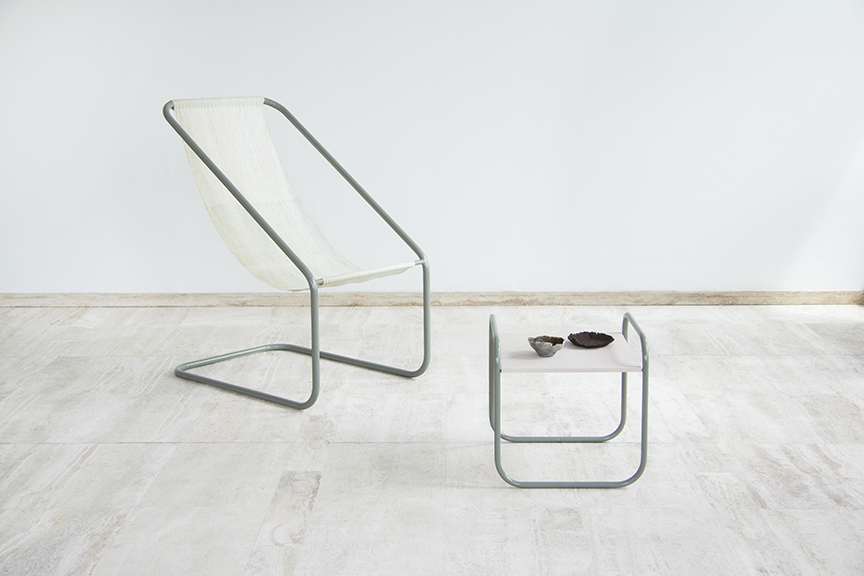Whether you’re hosting a clambake on Nantucket, enjoying a procession of edible jewels at a Tokyo sushi bar or simply shopping for a suburban supper, the days of consuming seafood with careless abandon are gone. The oceans are desperately overfished, and seafood lovers must be conscious of their own personal impact on the aquatic environment.
The best known resource for both suppliers and consumers is Seafood Watch, a program created by the Monterey Bay Aquarium in Northern California 20 years ago. Its regional consumer guides, identifying the most sustainable and most threatened species, are valued by consumers, chefs and eco-conscious corporations. “We use a rigorous, scientifically-based standard to come up with recommendations, result-ing in the most up-to-date, credible information,” states Maddie Southard, content manager for Seafood Watch.
So influential are these guides—60 million have been distributed to date—that when a particular item moves from the red (“Avoid”) category to yellow (“Good Alternatives”) or green (“Best Choices”), millions of dollars can change hands. Reflecting the thoroughness of Seafood Watch’s recommendations, flounder appears four times as a “Best Choice,” 14 times as a “Good Alternative” and 18 times in the “Avoid” column depending on the exact species, geographic origin and methods of fishing or farming employed.

©Monteray Bay Aquarium, Photo by Tyson V. Rininger.
“Consumers help drive change, and when businesses recognize what’s import-ant to consumers they respond,” reports Southard of Seafood Watch’s ability to engage corporations like Whole Foods and Blue Apron. The program’s restaurant partners transcend economic strata, from trendy Farallon in San Francisco to family-friendly Red Lobster restaurants across the country.
In its early days, businesses viewed Seafood Watch as a fringe movement but today participation is embraced and display of the organization’s yellowfin tuna logo can be a marketing asset. A Blue Ribbon Task Force, comprised of honored culinary authorities, enhances Seafood Watch’s relevance with diners. “The public admires chefs and culinarians, and we realized the impact they have on consumers,” offers Southard, who adds, “Chefs were some of the earliest supporters of the movement so this was a natural partnership.”
“Whenever I’m making decisions about what to put on a menu, I always ask myself, ‘What would Sheila do,’” says Los Angeles chef Michael Cimarusti, referring to Seafood Watch’s Sheila Bowman, who oversees outreach to chefs. Cimarusti, who has earned two Michelin stars at his flag-ship restaurant Providence, became conscious of sustainable sourcing issues as a young chef in L.A. 20 years ago, when a Gourmet magazine review admonished him for serving bluefin tuna.
“As I learned more about issues relating to sustainability, I became really passion-ate about it and wanted to become more active in the movement,” explains Cimarusti. “I was honored to be asked to sit on the Task Force and have learned a tremendous amount from Seafood Watch,” says the chef, who shares all of the program’s recommendation alerts with his staff.
Éric Ripert, chef/partner of New York’s Le Bernardin, takes sustainability as seriously as Cimarusti. “I spend my days with many varieties of fish, considering which are best for the restaurant, he says. Ripert explains, “This means more than just judging by flavor and composition, but includes the ethics and politics surrounding how they’ve been made available to us.” The Michelin three-star chef cautions, “If we don’t support the artisanal way of catching fish, it’s going to disappear.”
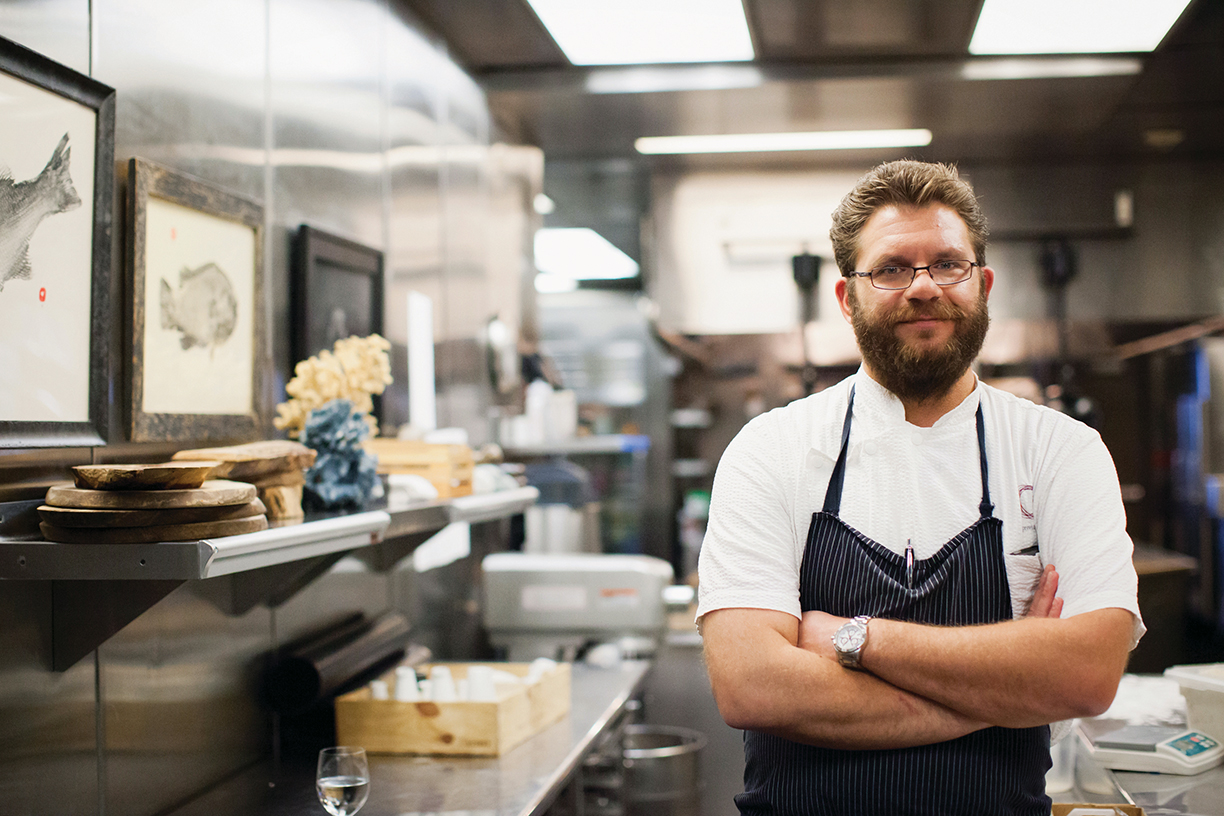
Michael Cimarusti. ©Jennkl Photography.
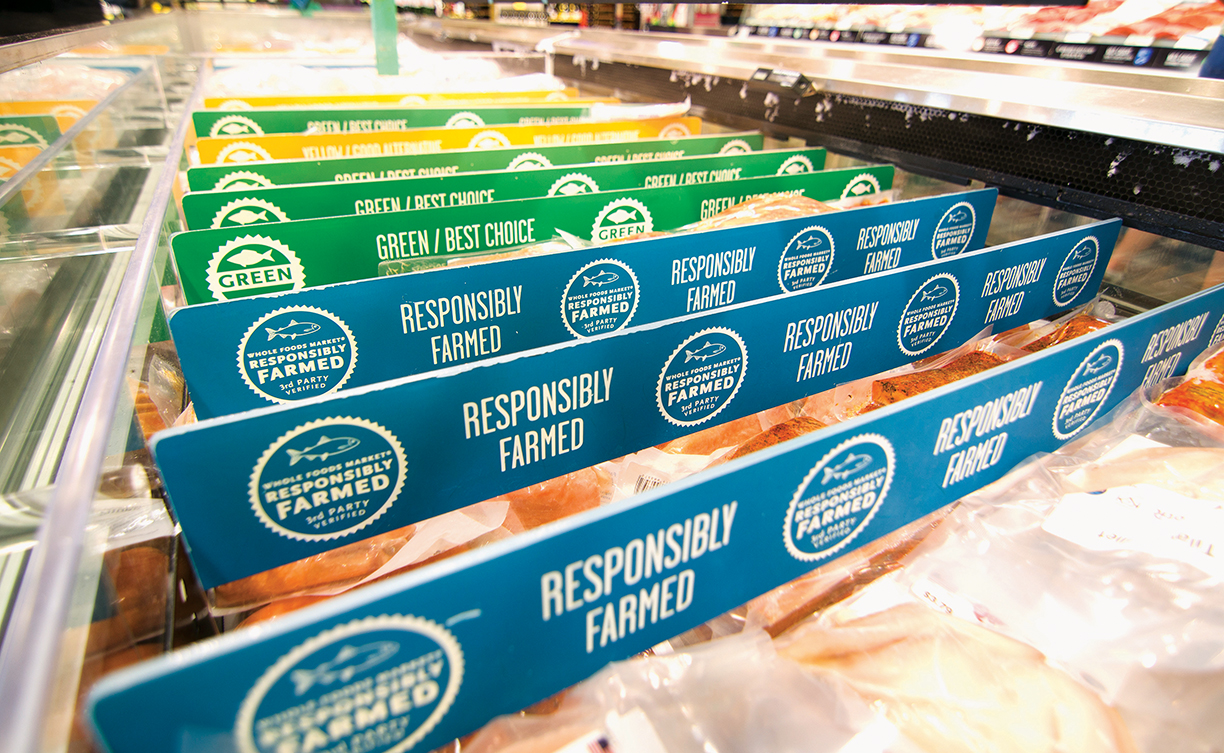
Courtesy of Whole Foods Market.
Hugh Acheson, author and James Beard Award-winning chef with a family of Georgia restaurants, also sits on Seafood Watch’s advisory board and is a strong advocate for local, sustainable ingredients. He recalls that in the 1990s chefs addressed a severe threat to swordfish through a voluntary ban and use of more sustainable alternatives, allowing stocks to replenish. “It made me realize how much clout we have, as chefs, to mandate change when we act as a plurality,” states Acheson.
“I think Seafood Watch has succeeded in being a valuable resource for consumers, chefs, wholesalers, and grocery stores,” says the Canadian-born chef who has helped reimagine Southern cuisine. Acheson, who notes that swordfish continues to face challenges, suggests Seafood Watch would have been an invaluable resource decades ago, when many chefs were oblivious to sustainability issues.
An affinity for bluefin tuna (maguro) and eel (unagi), both largely on Seafood Watch’s “Avoid” list, and adherence to centuries-old traditions makes sushi chefs among the most reluctant to adopt sustainable practices. One sushi chef committed to sustainability is Bun Lai, chef/owner of Miya’s Sushi in New Haven, Connecticut and another member of Seafood Watch’s Blue Ribbon Task Force. Some odd ingredients—every-thing from insects and invasive species to edible weeds—populate his voluminous menu, and the James Beard Award nominee relies on guidance from Seafood Watch.
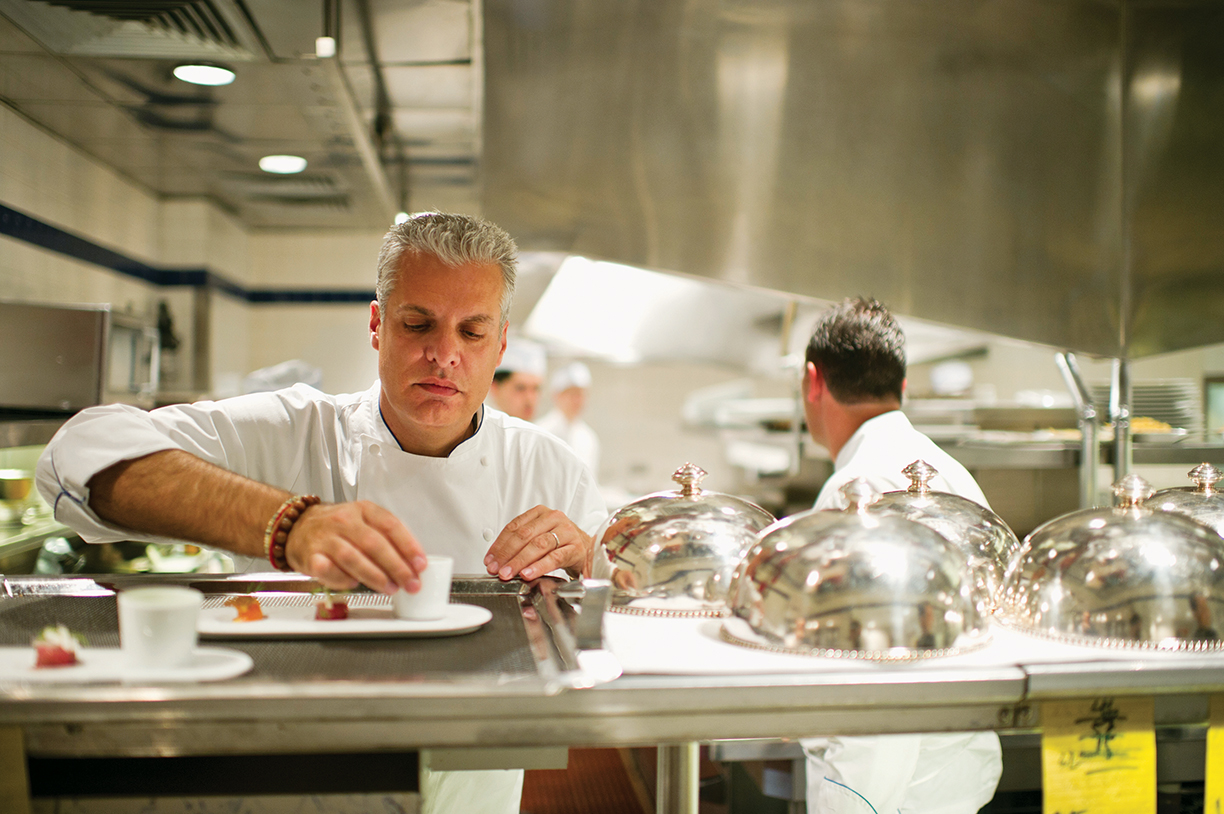
Éric Rippert. ©Daniel Kreiger Photography.
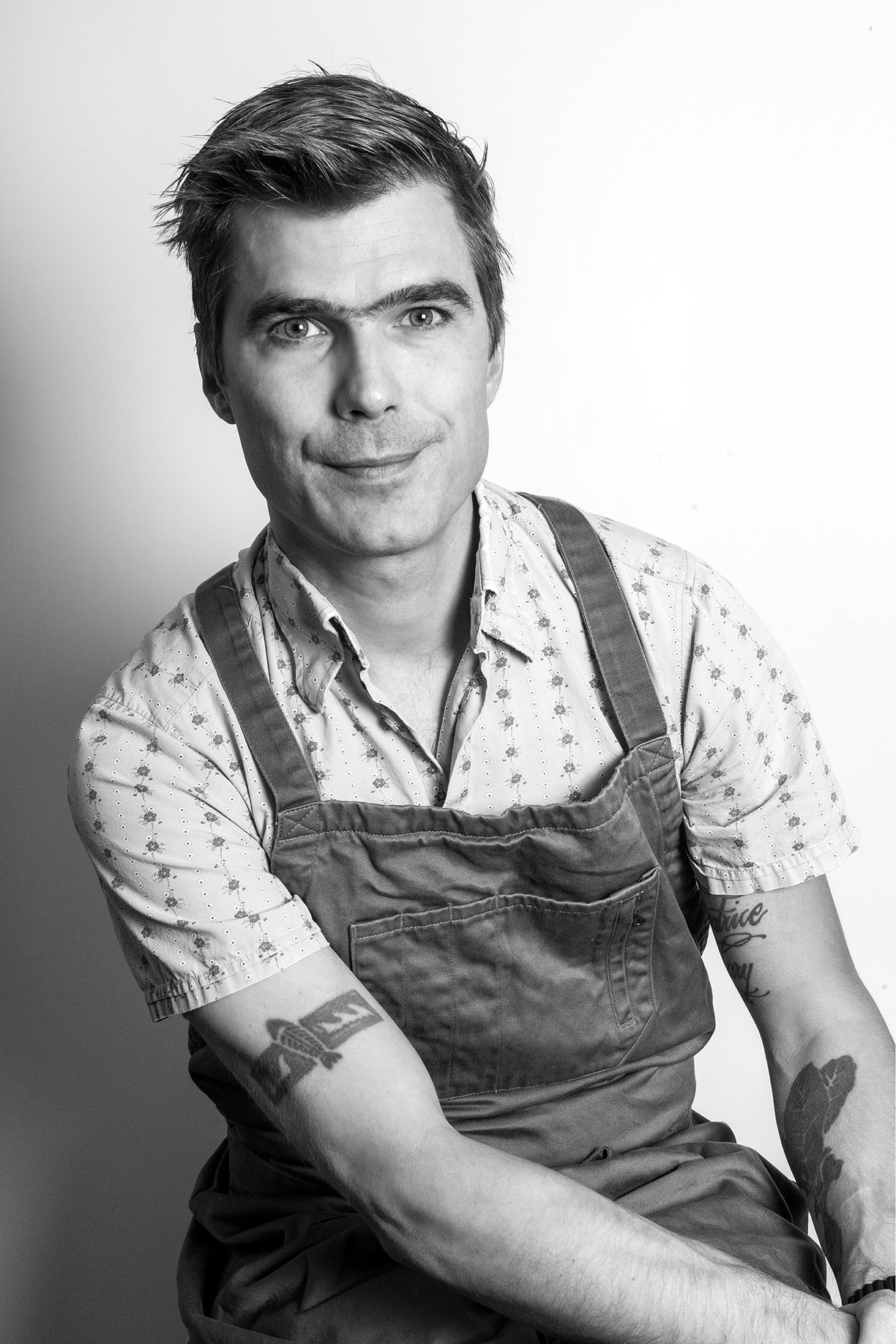
Hugh Acheson. Photo by Emily B. Hall.
“Miya’s started working on sustainable seafood very gradually in the early 2000s,” reports Lai, explaining that unreliable data made conscientious sourcing challenging. “Monterey Bay Aquarium’s Seafood Watch changed all of that by creating a tool that helped people choose sustainable seafood in a market awash with imported seafood of mostly dubious origin and quality,” says Lai. “When I first discovered Seafood Watch, it was as if a light beamed into the darkness I was surrounded by,” he says.
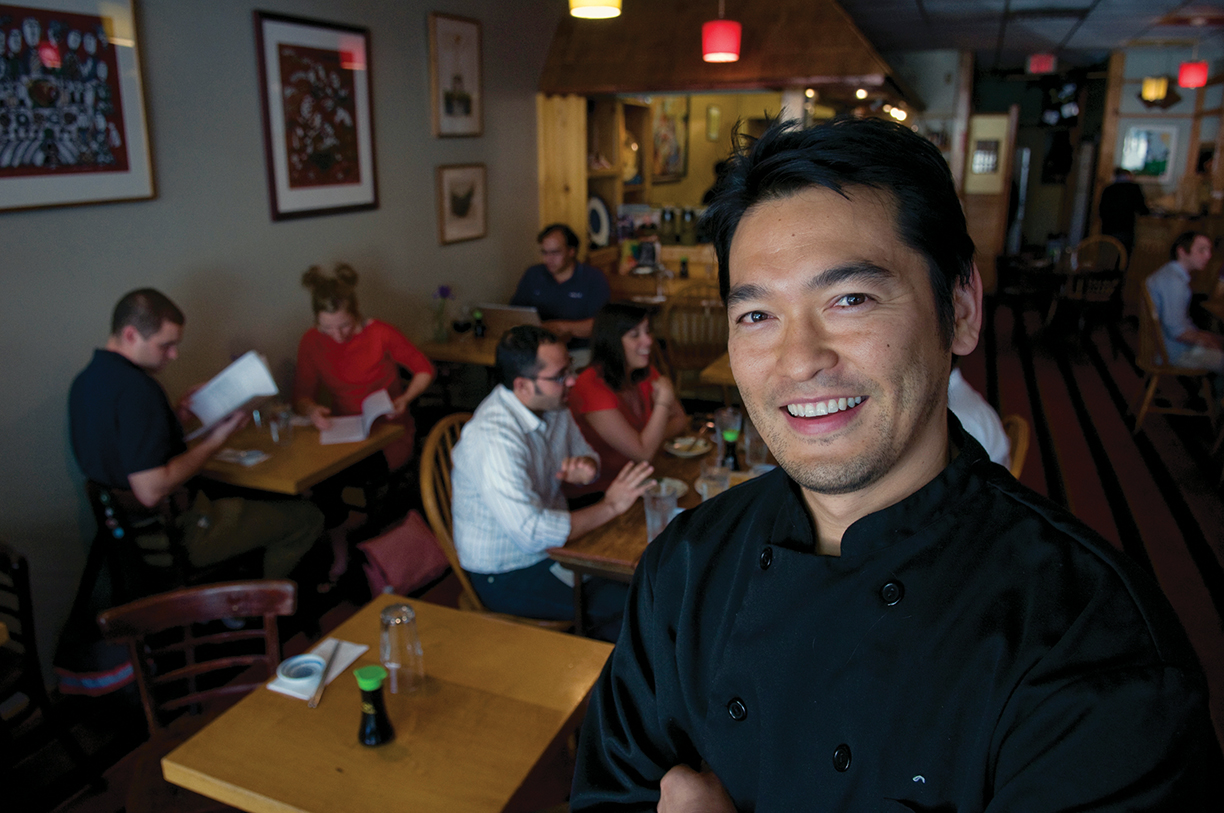
Bun Lai. ©Alan S. Orling.
“I admire my heritage, but we must question our traditions, too,” states Lai, acknowledging sushi’s popularity contributes to overfishing around the globe. He cites Jiro Ono, the revered sushi master featured in the documentary film Jiro Dreams of Sushi, who lamented the demise of the majestic bluefin while continuing to serve it to customers.
“There are, however, sushi chefs filled with a passion for sustainable seafood like those café owners who pioneered fair trade coffee decades ago,” says Lai with optimism. With Seafood Watch’s guides and app available to chefs and consumers alike, good choices can be made on both sides of the bar.
Sustainable Sources
Hugh Acheson
www.hughacheson.com
Le Bernardin
www.le-bernardin.com
Miya’s Sushi
www.miyassushi.com
Providence
www.providencela.com
Seafood Watch
www.seafoodwatch.org
Wellness may be a hot topic, but not everyone is sure what it means.
Every year one topic seems to dominate real estate. This year it’s wellness. Yet, if you ask designers and architects what comprises wellness in he home you are apt to get a variety of responses ranging from connections to nature to spaces for meditation or yoga to air quality. Some might point to certifications such as Wellness Within Your Walls or the WELL Building Standard or biophilic design. Others say LEED and other green certifications address wellness.
“I think health and wellness is still in the ‘public education’ stage of what it means. All last year you’re hearing it more and more and more. But I still think it’s educating the designer,” and the public, says Beverly Hills designer Christopher Grubb, president of Arch-Interiors Design Group. Designers often understand the term as it applies to LEED accreditation or to aging in place, but not necessarily the overall concept.
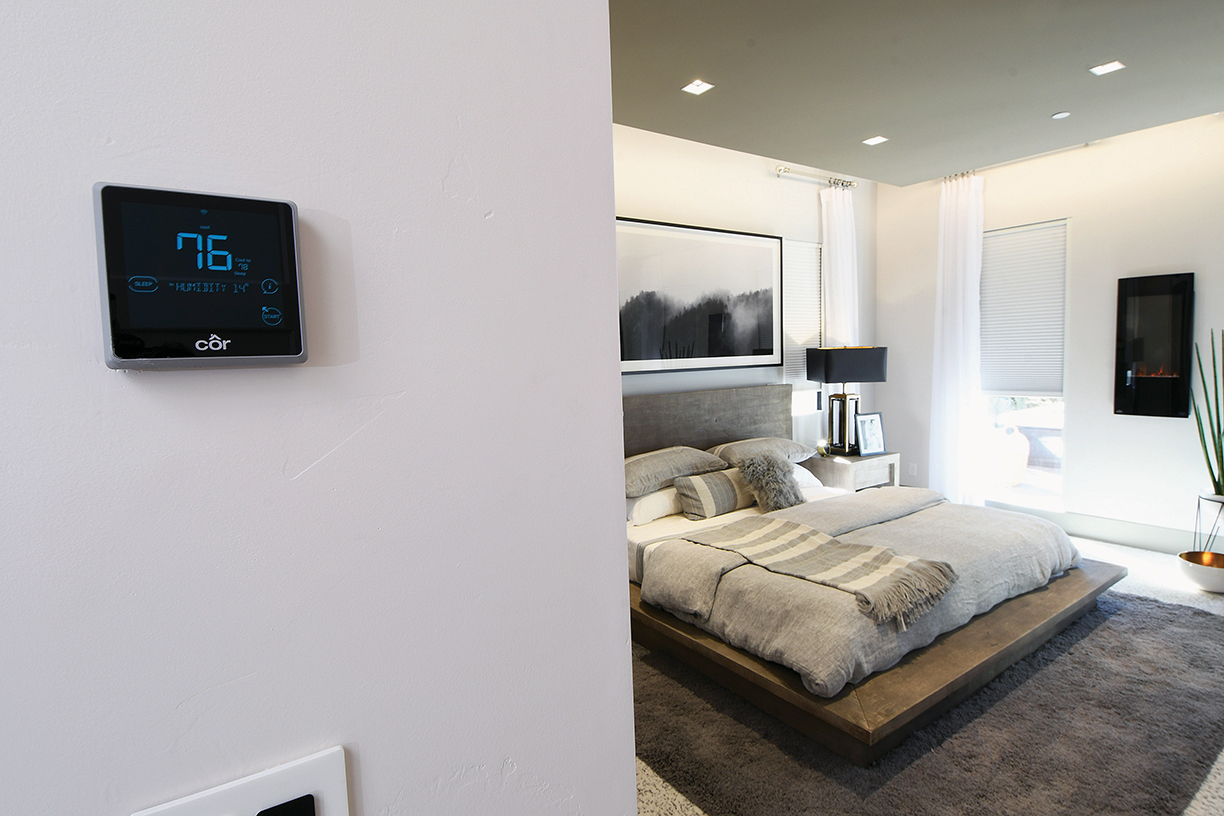
“It might mean one thing to one person and something else to another,” says designer Allie Mann with Case Architects and Remodelers in Washington, D.C., noting that some might be caught up in the movement without fully understanding it.
“I think that this is really being driven by a lot of consumer behavior. When it comes to the builder-developer world, I think our consumers are much more educated. I think they know what they want. They just don’t know how to get there,” says Angela Harris, creative director and principal of TRIO, an award-winning, market-driven, full-service interior design firm in Denver.
“Health and wellness is a new frontier for all of us, says Jacob Atalla, vice president of sustainability for KB Home. KB Home, along with Hanley Wood, KTGY Architects and Delos, a tech and wellness company, created a concept home outside of Las Vegas in Henderson, Nevada, to illustrate what a home designed with wellness as a core value looks like and how it functions. “It is the home story of the future,” he says.
Even though wellness seems to have suddenly burst onto the housing scene in the last year, the idea of connecting home to health is not new. More than 20 years ago, health issues potentially linked to building materials and toxic conditions such as black mold gained attention, giving rise to the term sick building syndrome. Since then, awareness of the relationship between the built environment and health has been growing. A decade ago, new technologies led to the development of products that either reduced the level of toxic contaminants released into the indoor ecosystem or scrubbed the air of VOCs (volatile organic compounds). Other concerns about noise, water and connections with the natural environment were also beginning to surface. At the same time, health and wellness was becoming an important value for consumers worldwide, expanding beyond fitness to include personalized medicine, mind-body connections, spa, wellness tourism and also the built environment.
By 2015, wellness had morphed into a $3.7 trillion industry worldwide, according to the Global Wellness Institute, and climbed an additional 6.4 percent annually to reach $4.2 trillion in 2017. One of the fastest growing sectors in the wellness space is a category called Wellness Lifestyle Real Estate, which includes everything in the built environment that incorporates wellness elements in design, construction, amenities and service. In addition to physical well-being, wellness real estate also addresses social wellness and mental, emotional and spiritual wellness.
The biggest difference between homes designed to promote wellness and homes that address air quality or other environmental factors that impact physical health is that wellness is integral to the design and permeates every aspect of the home from floor plan to amenities. “Overall you are programming the home to be more livable,” says Harris.
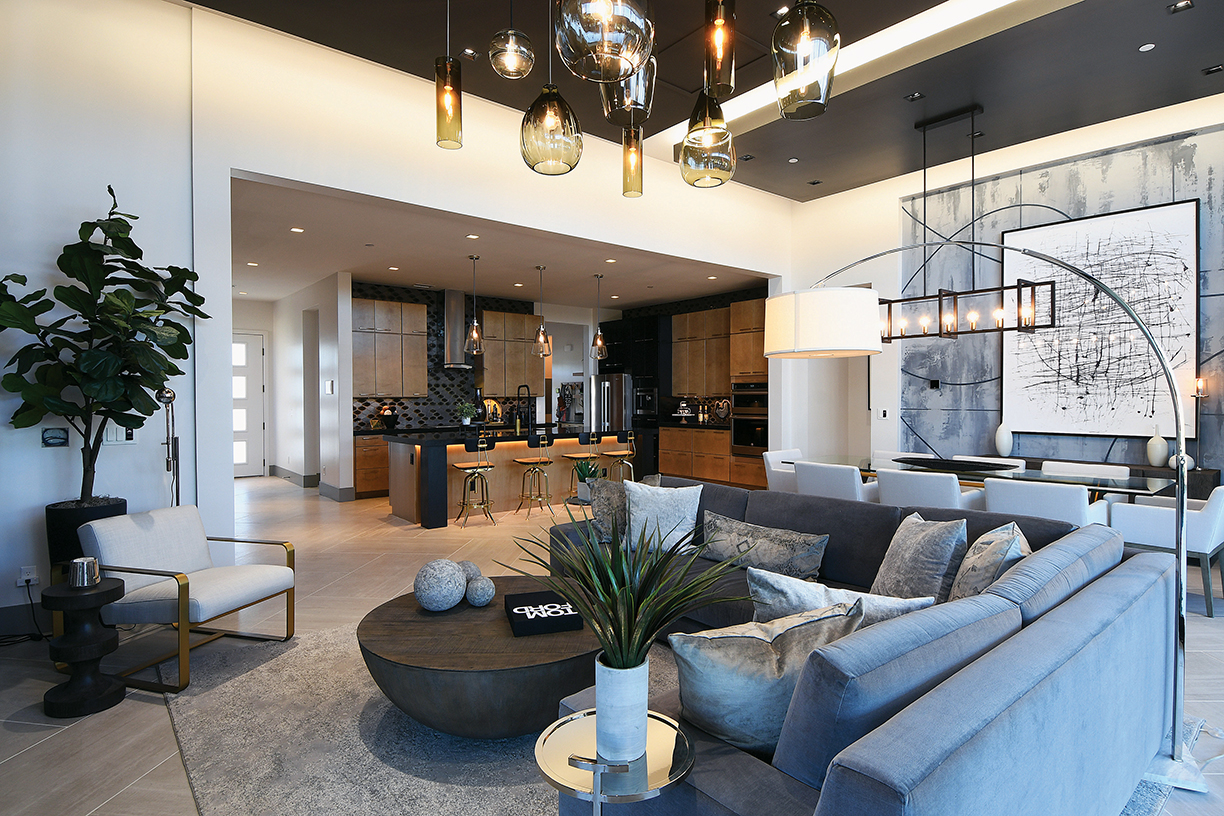
Frustrated by the lack of attention to the ways in which indoor environments influence health, Phil Scalia, a former partner at Goldman Sachs, founded the initiative that eventually became Delos, which has been on the forefront of wellness in the built environment for more than 10 years. In 2014, Delos established the WELL Building Standard, which was initially applied to commercial buildings. Over 1,200 projects in 45 countries, across over 250 million square feet of commercial real estate, fall under the WELL umbrella. The WELL standard focuses on seven categories of building performance: air, water, nourishment, light, fitness, comfort and mind. Additionally, it takes connections between a building and the surroundings into consideration.
During groundbreaking work on EcoManor, the first LEED Gold certified single-family residence in the U.S., designer Jillian Pritchard Cooke discovered that both consumers and design and construction professionals lacked accurate information on how to reduce toxins in the interior environment. That was the inspiration for Wellness Within Your Walls, another wellness certification that offers education on building and designing healthier interior environments. The focus is on materials both for construction and also furnishings and finishes.
Another more recent wellness initiative centers around the principles of biophilic design and the benefits of bringing natural elements into buildings. In 2016, Amanda Sturgeon, a biophilic design expert and CEO of the International Living Future Institute spearheaded the Biophilic Design Initiative. In addition to designers, builders and architects, current proponents include tech companies who have added natural elements to buildings to increase productivity and reduce stress for workers.
This year, it’s fair to say wellness is coming home as attention shifts from commercial to residential applications. The KB ProjeKt Home takes wellness in residential structures to the next level. Not only are established practices regarding connections with the outdoors, indoor toxins and air quality embedded in the design, but a synergy with smart home tech transforms wellness from a passive attribute into one that is active.
“The motivation was to examine how we can make the home healthier and at the same time how do we engage that home in partnering with the occupants, with the people living in it, to enhance their health and wellness or engage them in making the environment they live in better. We know that about 90 percent of our lives are spent indoors, and a lot of that indoor living is in your own home,” Atalla explains. Recent research from Hanley Wood shows that homeowners believe housing is essential or extremely important to good health, and two-thirds say the right housing environment could cut annual medical costs by 40 percent.
Central to the home’s wellness quotient is an innovative smart system, dubbed DARWIN, developed by Delos. This first of its kind, home wellness intelligence network constantly monitors the home environment and interacts with and adjusts systems in the home as needed. A network of sensors built into the walls — there are nine in the ProjeKt Home — constantly tests air quality.
If it detects problems with air quality, containments or chemicals from everyday products, DARWIN directs the climate control systems to bring more fresh air to that room. Water quality is also monitored, and purified water is delivered to every fixture in the home. “You have a wellness intelligence system that is constantly doing things on your behalf to increase your wellbeing,” says Atalla.
The system also monitors the plumbing system and alerts homeowners to leaks. Sleep is an important wellness component and the master bedroom in this home is primed to promote slumber. Special noise-damping drywall ensures quiet. Motorized shades block out exterior light. “Total quietness, total darkness, and circadian rhythms help you sleep,” adds Atalla.
Lighting is another mainstay of wellness formulas, both natural light from large windows and expanses of glass as well as interior lighting keyed to circadian rhythms. DARWIN adjusts lights to match the time of day. But what makes this function more worthwhile is the homeowner can change the lighting to produce a desired effect, which means the lights can create an energizing morning environment even if morning comes at 5 a.m. on a stormy day.
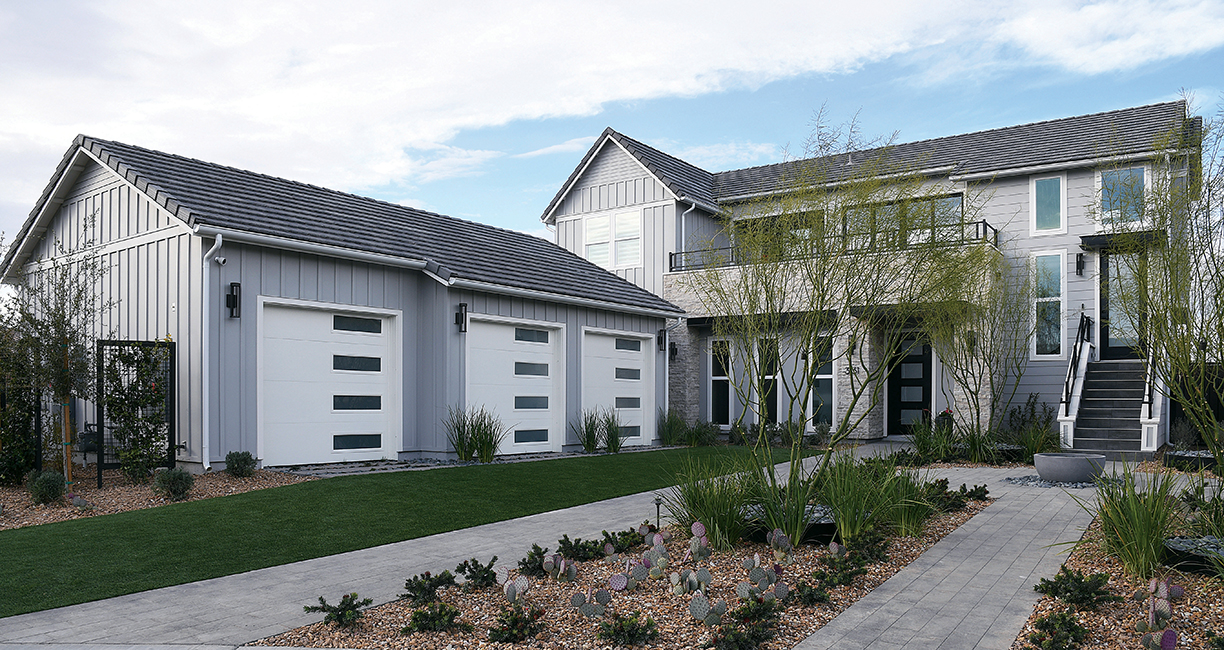
A living garden wall enables the home to grow herbs and microgreens. Turning the home and kitchen into a place to produce healthy food is an emerging area of innovation for kitchens.
Social interaction is another wellness component, and community design increasingly takes social interaction into account with spaces such as walking trails, parks and coffee houses designed to encourage interaction and encounters among residents as part of everyday life.
It might seem like a big jump to add wellness to typical new homes, particularly production homes, but Atalla says the KB ProjeKt Home is an example of what can be done. Additionally, Harris says it’s often an easy tweak to add features such as water filtration in the kitchen and master bath. “That doesn’t cost a whole lot. And again, I think it’s just about livability and how you’re programming your floor plan to be more livable.”
Looking ahead, most research points to continued growth of the wellness economy, with new initiatives approaching wellness from the perspective of design, construction, materials and function. There are now more than 740 wellness real estate and community developments built or in development across 34 countries — a number that grows weekly according to the Global Wellness Institute.
Right now, the $134 billion wellness real estate market is about half the size of the global green building industry and projections call for the pace to continue. “But the wellness market isn’t just growing, it’s extremely dynamic. We believe that the three sectors that represent the core spheres of life will see the strongest future growth — wellness real estate, workplace wellness and wellness tourism — while other sectors will also grow as they support the integration of wellness into all aspects of daily life,” says Ophelia Yeung, senior research fellow, GWI.
Artist and inventor Bandana Jain works with recycled and eco-friendly materials to create one-of-a-kind artwork for the home.
Sharing a deep concern for the environment, the contemporary artist has been creating artwork using corrugated cardboard for the last seven years. She crafts unique furniture for clients — from couches and desks to tables and lamps.
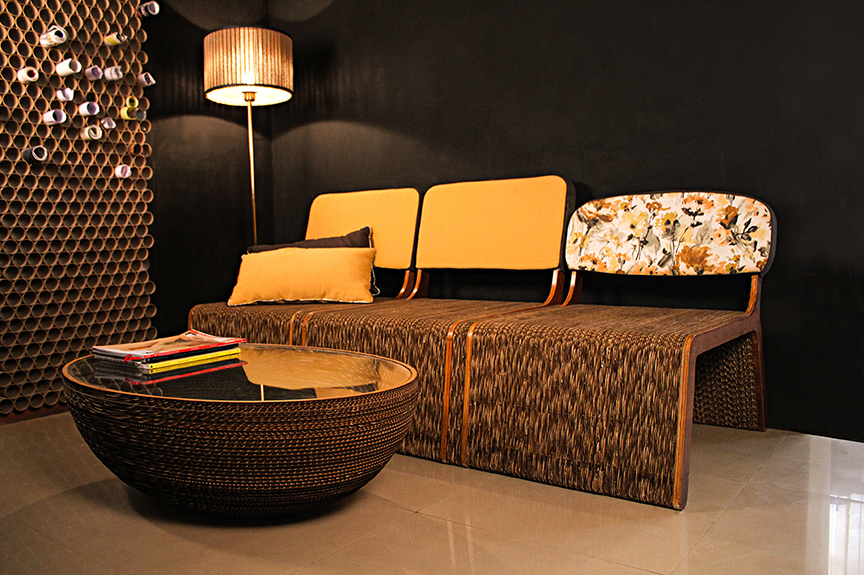
She is also the founder of Sylvn Studio, a business dedicated to conserving the environment. The India-based business is the country’s only design label specialized in hand-crafted décor products made of recycled corrugated cardboard.
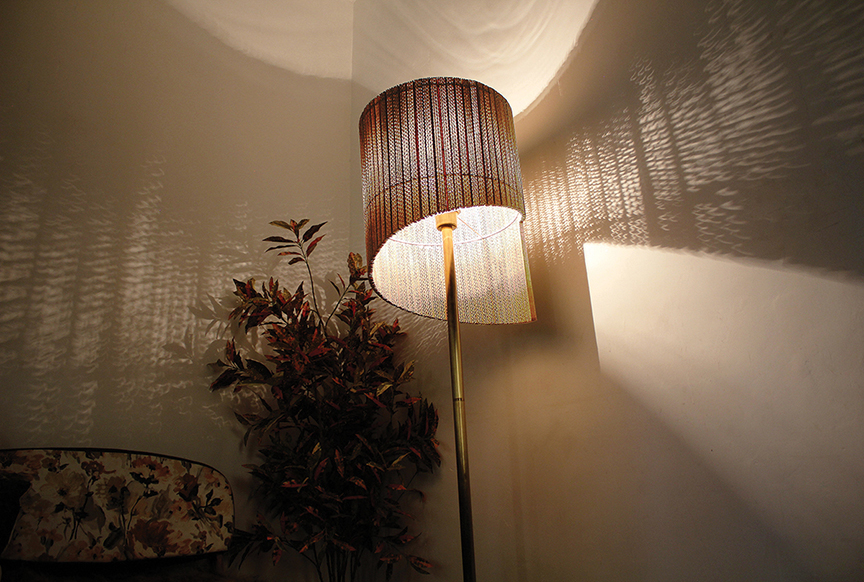
How did you first begin your work with cardboard? Why did you choose this medium?
Initially, I worked with a few other mediums. To choose cardboard as a signature medium was a conscious decision I had taken because I wanted to offer something different. Also I wanted to educate people about adopting sustainable lifestyle.
How has your journey with this medium shifted in the last seven years?
It only grew with time. Corrugated cardboard is certainly not an easy medium to work with. I struggled a lot and over time I gathered experience and maturity to handle this medium. I must say nobody can touch me now.
Why is it important that designers/artists use recycled and eco-friendly mediums and that homeowners choose to purchase these types of artwork?
We are all the children of the earth. The existence of our being is intrinsically connected to nature. As responsible humans, it is for us to ensure that we build a better place for ourselves and subsequent generations to come. This can happen only when we make the right choice.
Why should homeowners incorporate these pieces into their homes?
A well-designed interior accessory revs up the design quotient of your abode. And every accessory in a home is akin to an individual chapter in the overall design narrative. It defines the space and tends to be a conversation starter because of its exclusivity and aesthetics. Who doesn’t want to be talked about?
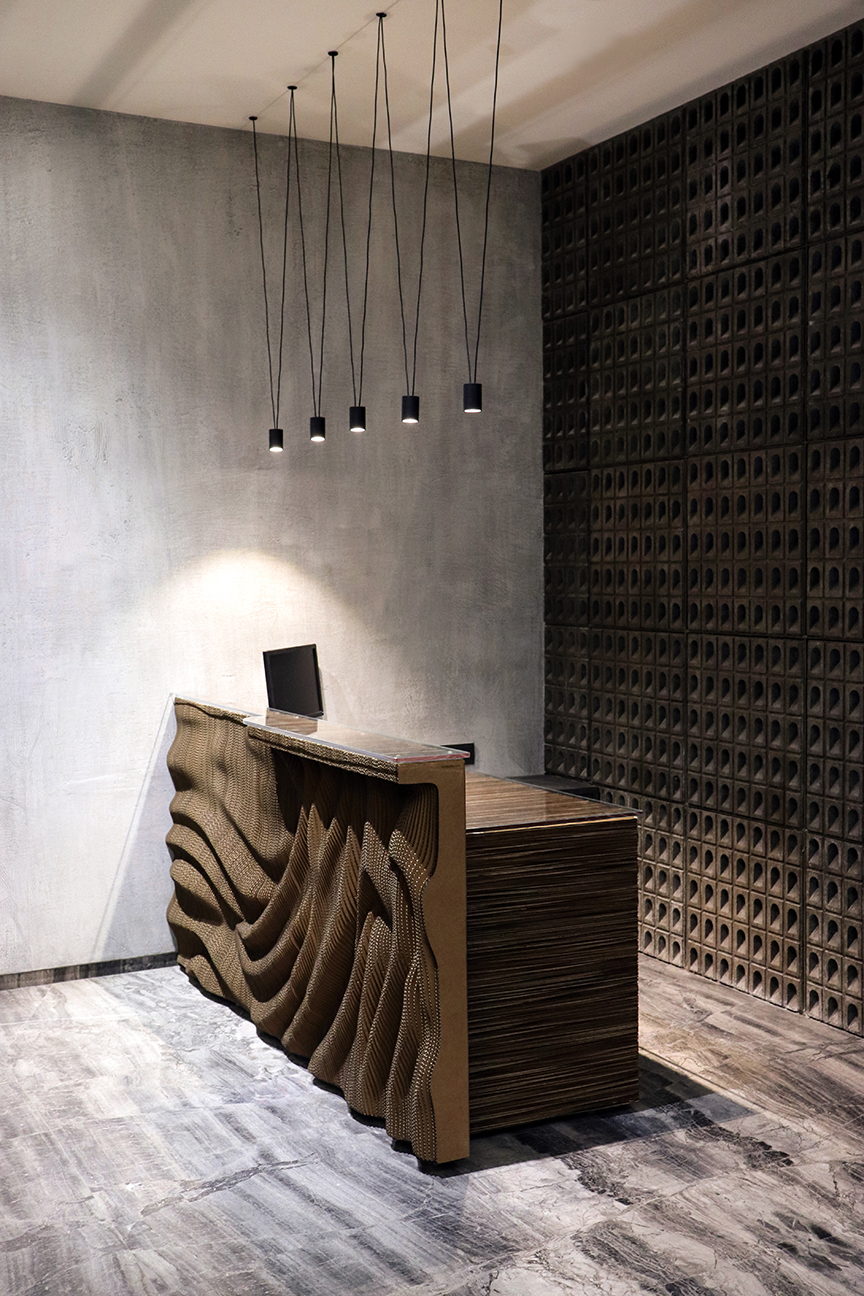
Where do you gather inspiration for your creations?
Inspiration comes to me from a myriad of spaces. As an artist, my observations and experiences guide me. My choice of medium is also a part of my experience. Once I was in Zermatt where I had the chance to explore the Eco Village; the determination of the locals to keep the town sustainable inspired me a great deal.
Photos courtesy of Bandana Jain
Artfully integrating into today’s modern hospitality environments, Sans Hands faucets use electromagnetism to streamline the hand washing process and reduce the spread of disease and bacteria.
By Brielle Bryan
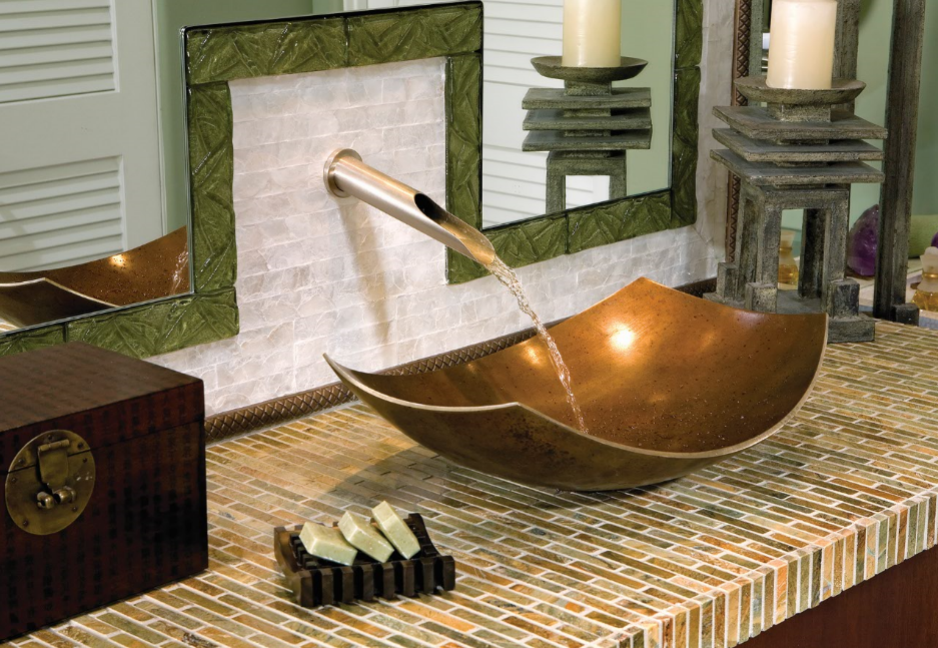
Driven by growing concern over germs and bacteria on restroom surfaces, more hospitality environments are turning to hands-free, automated faucet technology. Sonoma Forge, located in Sonoma County, California, combines craftsmanship and skilled metalwork with its unique line of designer faucets, tub fillers, shower systems and coordinated bath accessories.
Sans Hands, Sonoma Forge’s sensor faucet technology, offers an improvement over outdated infrared technology with its invisible sensors. Sans Hands incorporates an electromagnetic proximity sensor, and is packaged in stylish designs that perfectly fit today’s modern industrial style.
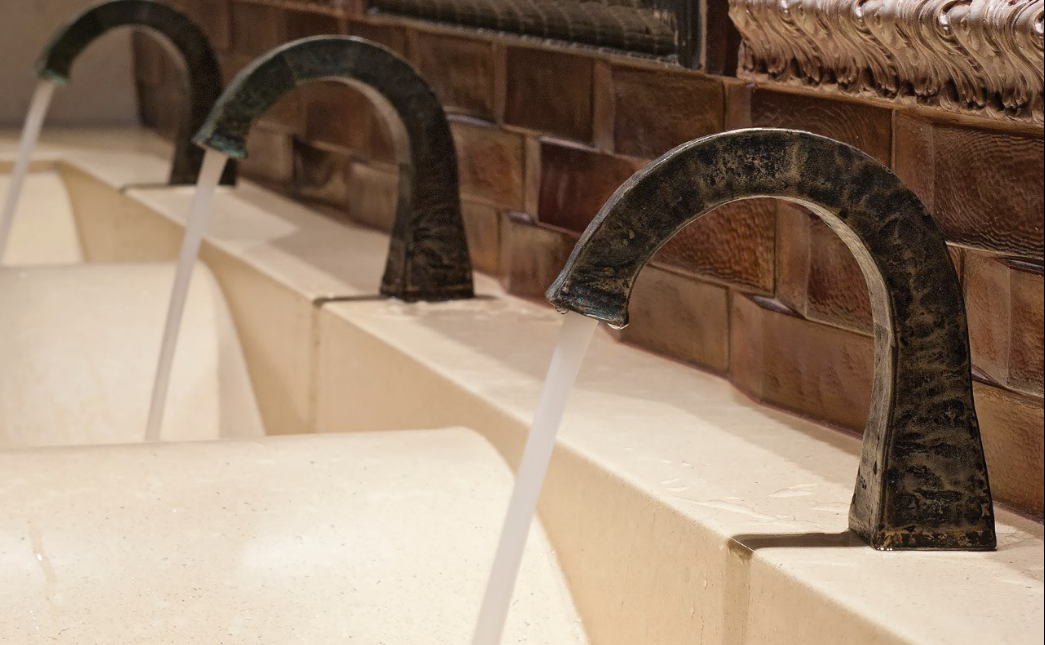
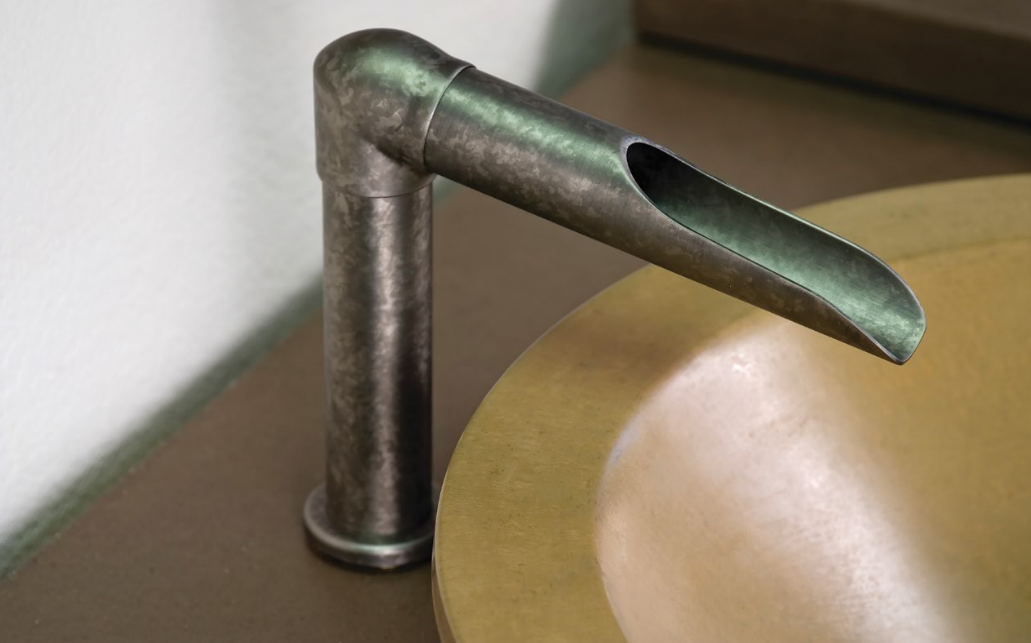
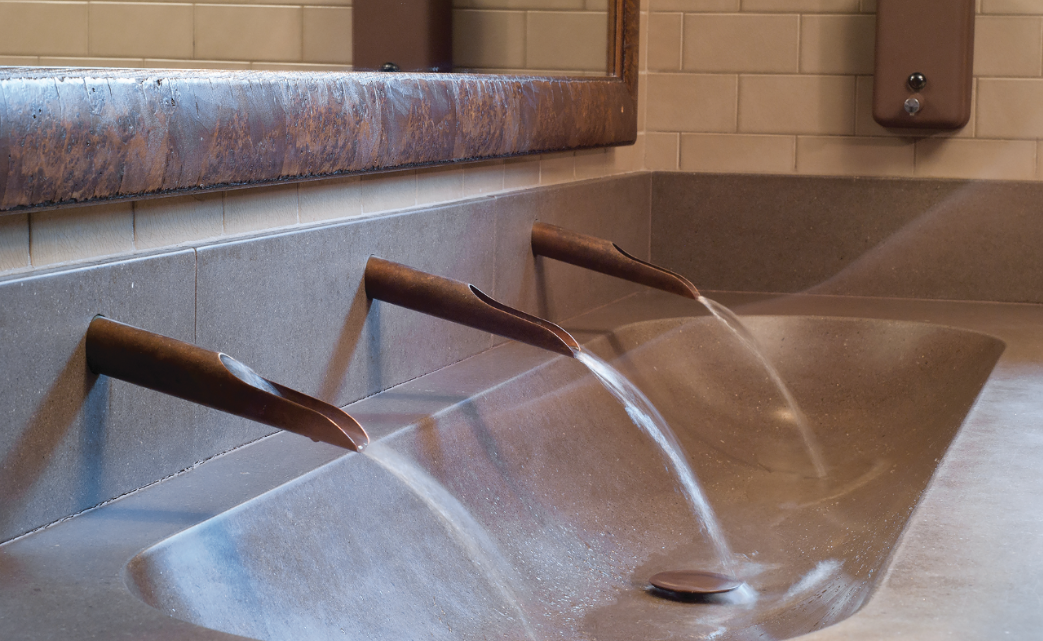
“Rather than relying on old, unreliable infrared technology, Sans Hands allows users to skip the frustration of frantic hand waving and enjoy the stylishly unique bathroom décor,” said Erik Ambjor, president of Sonoma Forge.
Sans Hands faucets use the basic principle of electromagnetism. Simply speaking, the components include a spout, a low-voltage current from an electrical source — either battery or plug-in — and an electronic brain supplying an electromagnetic field to the spout. When a user approaches the faucet, the electromagnetic field is interrupted, which opens and closes the valve.
Sans Hands faucets are handcrafted and assembled by skilled artisans. They also come in wall-and-deck-mount configurations and are available in a wide array of finishes. A suite of coordinating bath accessories, including decorative hardware, towel bars, tissue holders, mirror mounts and more complete the industrial look. The refreshing design options offer homeowners a decidedly masculine sense of style that enhances any setting, whether urban loft, country villa or boutique hotel.
Photo courtesy of Sonoma Forge
In light of the environmental climate, we’ve seen governors and business leaders from both political parties join together in support of sustainability efforts. Tourism and real estate industries are also stepping up and using their own money and resources to maintain their commitment to helping Mother Earth. Palmetto Bluff, Hualālai and Mayakoba are a few example of leading resort and real estate communities paving the way for a better future. This is how they are doing it:
Hualalai
Hualālai, a luxury oceanfront community on the exclusive Kona-Kohala Coast, offers a comprehensive conservancy program committed to sustainability.




- David Chai, director of natural resources, has revitalized the area with a coastal wetland ecosystem featuring native plants, fish and wildlife.
- The Marine Life Advisory Committee manages fishery resources at the Kaʻūpūlehu shoreline.
- The Natural Resources Department at Hualālai maintains an aquaculture program to raise fresh seafood.
- The property offers interactive educational programming, including behind-the-scenes tours for guests and children.
Palmetto Bluff
Palmetto Bluff is the largest remaining waterfront property on the East Coast, a 20,000-acre nature preserve in the heart of South Carolina’s Lowcountry. When Crescent Communities purchased the land in 2000, it created the Palmetto Bluff Conservancy to ensure that the stewardship practices of previous owners were continued. Crescent set out to develop the community with one priority: preserving the unique natural environment of the property.

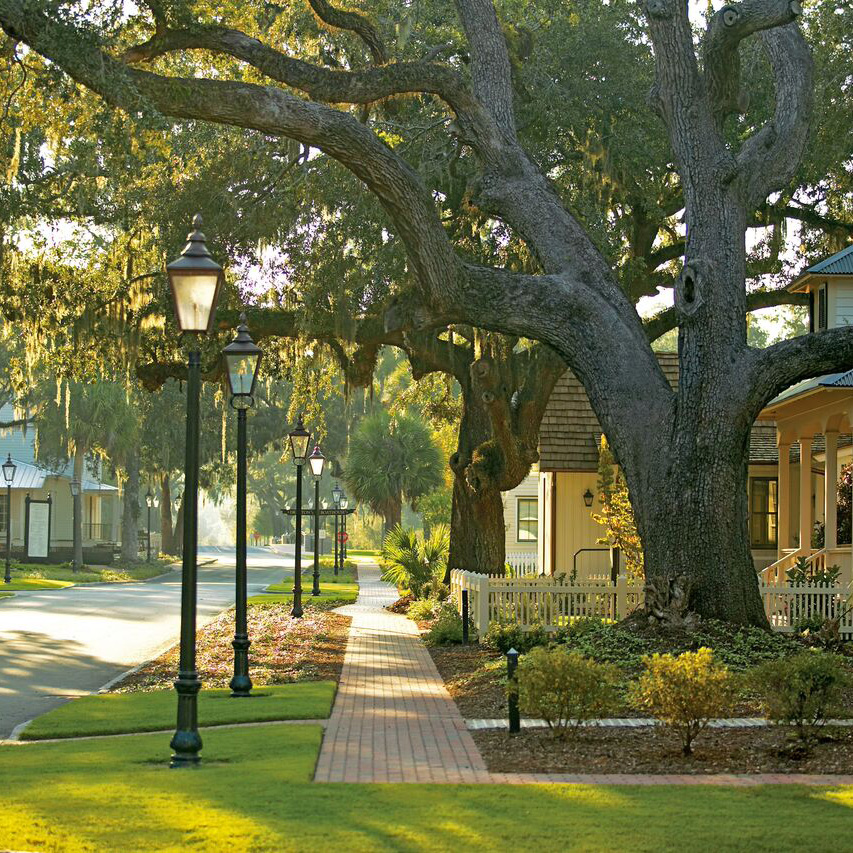
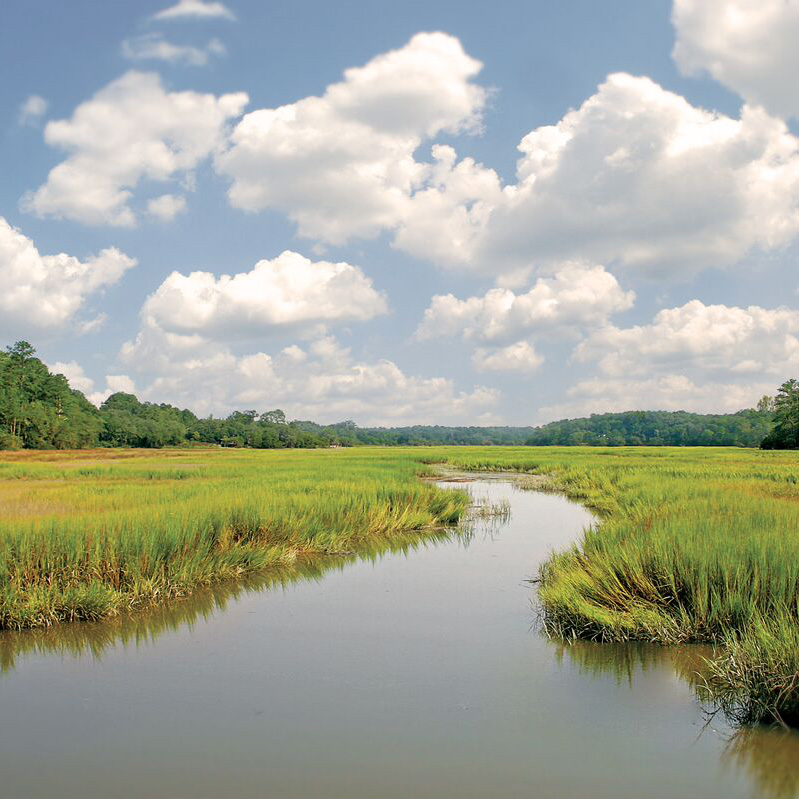

The Conservancy
- ensures the Bluff’s natural resources and vast wildlife are not only intact but flourishing.
- operates with an “anti-developer” mindset, slashing the originally planned 8,000 homes to 4,000.
- ensures a portion of all sales go to the non-profit organization.
- offers educational events for both owners and guests.
Mayakoba
Mayakoba is an eco-conscious luxury resort development amid lush mangroves lining a white-sand beach that is home to four hotels: Fairmont Mayakoba, Rosewood Mayakoba, Banyan Tree Mayakoba and Andaz Mayakoba. It has implemented significant practices to encourage sustainability.
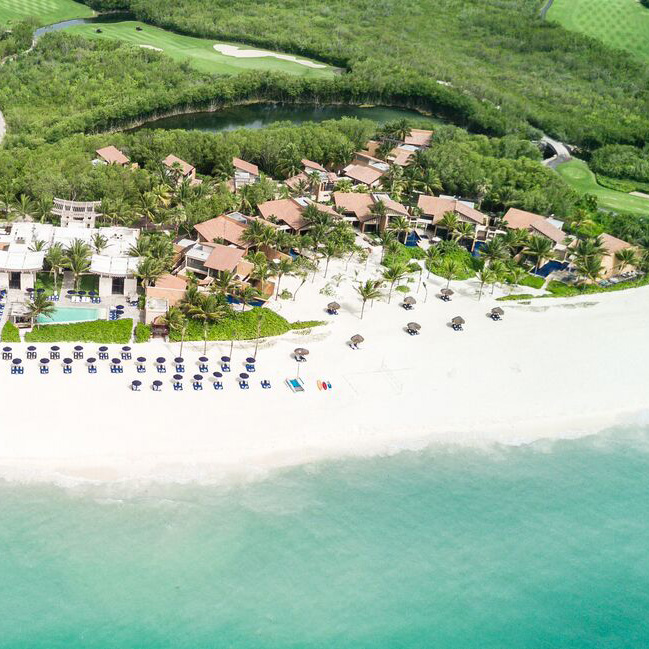
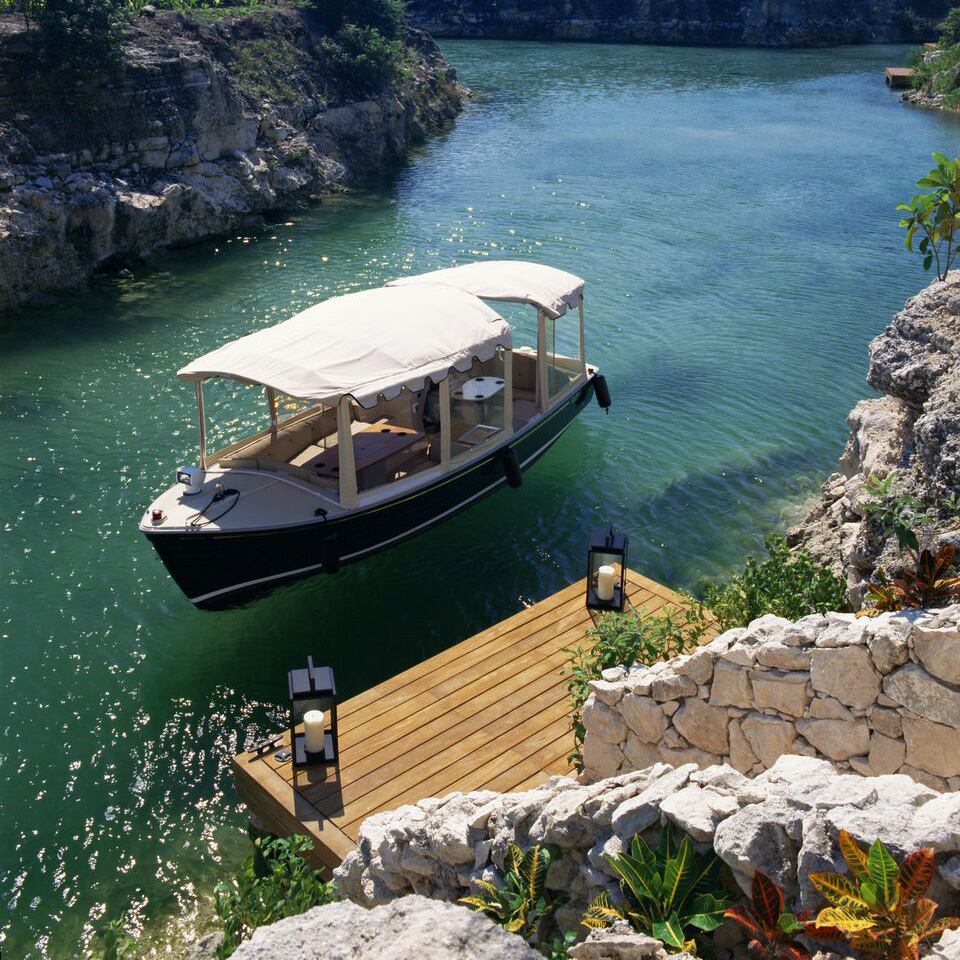

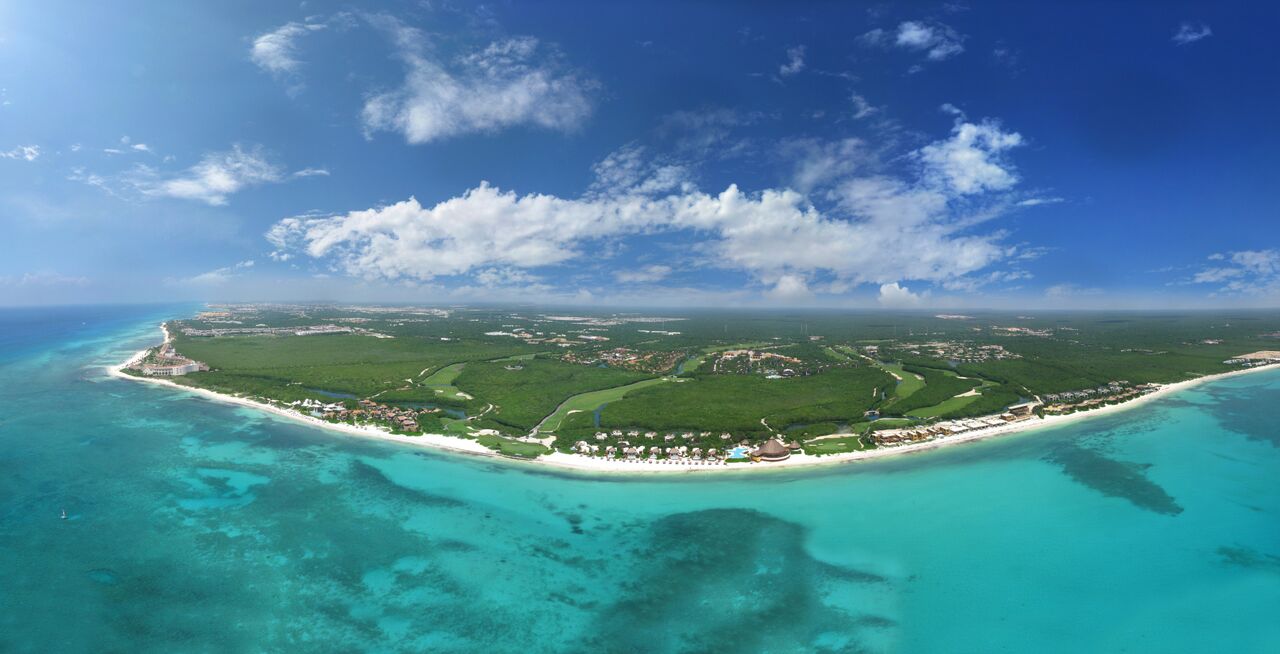
The property…
- was specifically created to be a model luxury enclave that preserves and protects the beach, jungle and wildlife for future generations.
- employs a team of onsite biologists to conduct general monitoring of the over 200 species of birds and wildlife to ensure favorable physical conditions.
- implemented a project to rehabilitate its coastal ecosystems in order to increase sea levels, rebuild coastal sand dunes, recover reefs and create new coral barriers.
- received the Sustainable Standard Setter Award from the Rainforest Alliance and the Ulysses Prize for “Responsible Tourism Development” by the United Nations World Tourism Organization in 2011.
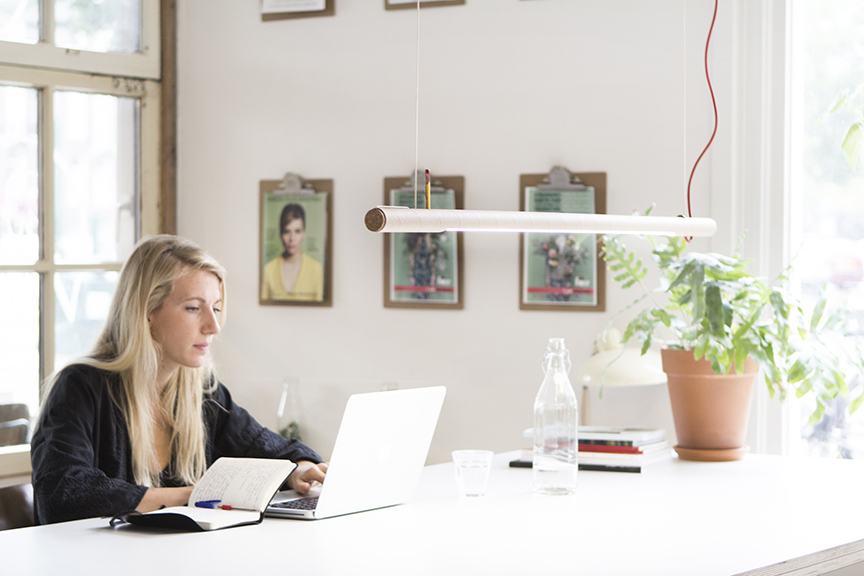
R16, pictured above, is a lighting device that is made up of the components that it is shipped with, emulating simplicity and zero-waste design techniques. All photos courtesy Salone del Mobile.Milano.
“I think that as a designer nowadays we should not think we are all making the antiques of the future […]. We should create products that can be part of a circular system, and are designed considering what material goes into the product and what it leaves behind after use.
— Christien Meindertsma, Designer
Adopting eco-conscious behaviors and the search for sustainable, eco-compatible and environmentally friendly products is an approach that is beginning to manifest within the domestic walls, both in the choice of furniture, furnishings and materials that have a positive impact on the planet and in the increasingly efficient and waste-free management of energy resources.
It is part of a wider trend towards cutting adverse effects on the eco-system which is slowly filtering through into all fields of design application, generating eco-friendly alternatives for every sort and kind of product. Companies and designers are becoming mindful of sustainability in relation to manufacturing processes, embracing the principles of a circular economy and experimenting with raw materials made from recycled waste. The design sector is beginning to take the entire lifecycle of things into consideration, paving the way for innovative practices such as the creative re-use or harnessing of biodegradable materials.
This is one of the many examples of the fact that this approach entails no sacrifice in terms of looks but generates new expressive trends and different tastes. The sense of gratification or aspiration no longer derives simply from the immediate benefit to our domestic or work environments but also – looking forward especially – from just how much the entire planet is set to benefit.
This macro-trend breaks down into three micro-trends that describe its different applications and facets: Zero Waste Design, Upcycled Materials, and Low-Impact Living.
1. Zero Waste Design
The Zero Waste philosophy originated in the food world, where new “surplus” yet still perfectly good food consumption sales models and practices are being generated. The concept is slowly but steadily being embraced by all manufacturing sectors in response to the pressing ethical need to conserve resources that are far from infinite. It also employs a panel of Opinion Leaders, both national and international, selected ad hoc for their knowledge of the research subjects (design, architecture, interior design, interior architecture) and for their ability to take a look at the themes of design and creativity.
In the design world, this means taking on board the concept of circularity, minimizing manufacturing waste, and planning not just the durability of objects but also their disassemblability and their capacity to be recycled or disposed of.
Zero Waste means experimenting with the use of innovative materials and researching biomaterials that help lower the environmental impact of furniture and furnishings, enabling them to become biodegradable, like organic waste. The conceptualization and creative process thus becomes strategic, channelled by design thinking and applied to the entire manufacturing chain.
2. Upcycled Materials
The coming together of recycling and design is informed by the increasing awareness that materials and objects destined for the waste basket can be upcycled to produce something completely different.
The concept of waste as a resource forms the basis for all creative recycling processes. Poor materials, reclaimed materials and waste generated by manufacturing or consumption mark a new frontier for design and for designers who seek to upgrade them creatively while effectively helping to protect the ecosystem.
Turning things that would otherwise be discarded into items of value helps increase the utilization efficiency of available resources and provide a further spur to developing new technologies and creating new aesthetics through design research.
3. Low-Impact Living
Adopting a sustainable lifestyle within the home translates, first of all, into efforts to cut energy consumption. This is becoming increasingly crucial at every stage of design, from construction to interiors.
This is where next generation smart technologies come in, enabling the energy efficiency of both domestic and office spaces to be monitored around the clock, and becoming an integral part of the domestic landscape.
Leaving a light footprint on the planet on which we live also means that, of the available resources, we should opt for renewable energies that do not affect the delicate natural balance. As has been the case for some time in the food world, designers have also been experimenting with the use of natural “non conventional” raw materials, appropriating the concept of foraging, or harvesting products spontaneously yielded up by land and sea.


